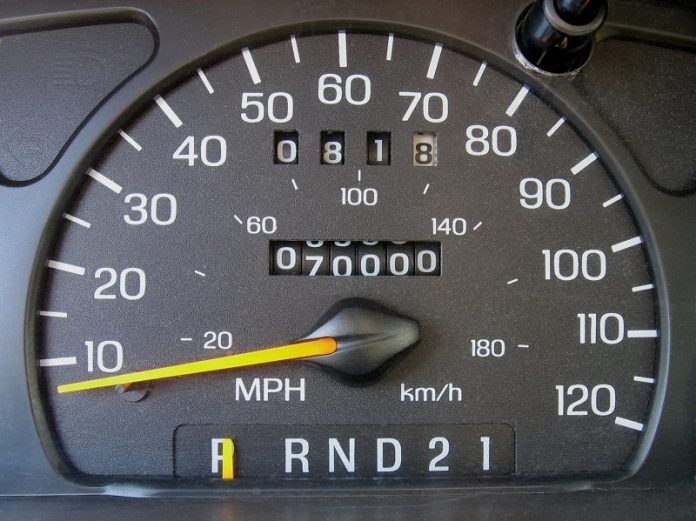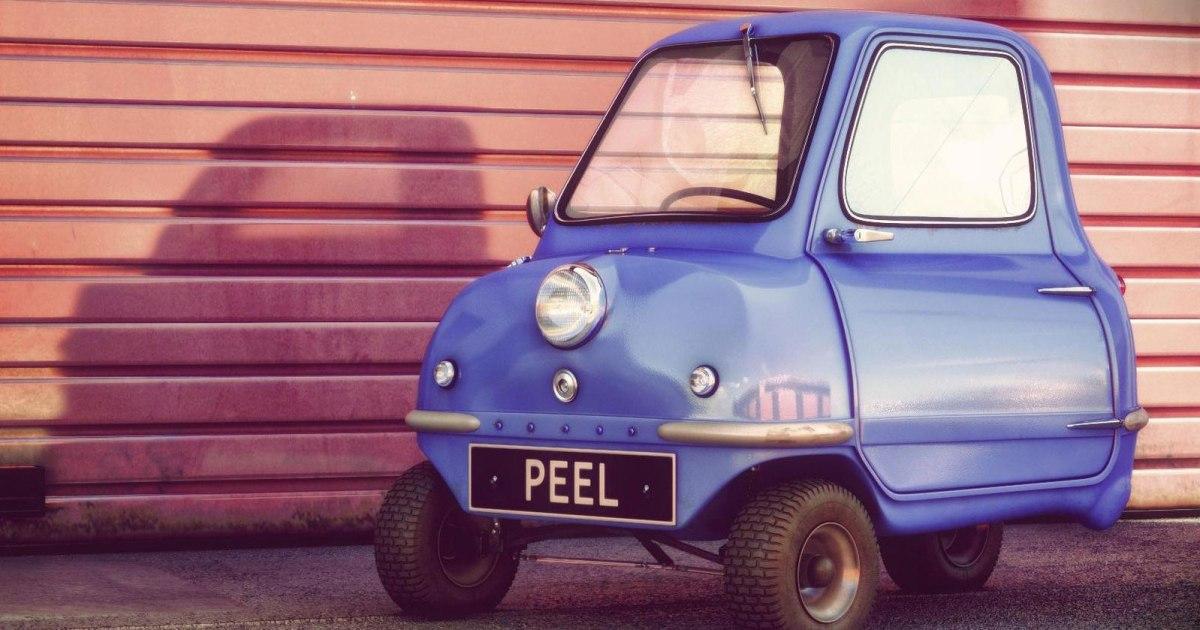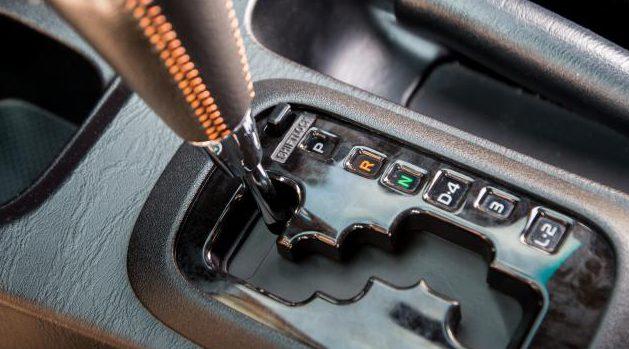How To Clay Bar A Car: The Complete Guide
Clay bar a car? Yes, we are serious. In order to remove industrial fallout, dirt, dust, acid rain away from the exterior surfaces of the car, auto detailing clay is the best way. Auto detailing clay, also known as clay bar detail, is the process of cleaning particles that stick to the clay when it is rubbed along the surface of the vehicle. It works on many materials: glass, paint, fiberglass as well as metal. And with the clay as a detailing product, you can protect your vehicle. So how can you perform this task? Let’s find out!
How to Clay Bar a Vehicle
Preparing the Clay and Car
Wash the Hand
It is crucial to wash and dry your vehicle by hand before doing anything. Car owners want to remove all the grime, dirt and other contaminants from the exterior as much as possible. This will save a lot of time and work when you clay later.
And please do not use an automatic car wash. The reason for this is that it might leave behind a lot of contaminants as well as soap residue. For that problem, many auto detailers suggest you to not use this car wash.
Purchase Clay Bar
You cannot clay bar a car without a clay bar, so buy one before getting to the next step.
Normally there are many types of clay bars in the market, yet we only focus on the most crucial two types of clay bars: “Fine” and “medium”. Both of them are able to remove contaminants along with wax, yet the fine grade bars are less likely to mar the paint finish than medium-grade one. According to an experienced auto detailer, we cannot get many results from medium grade bars. For that reason, you want a fine grade bar with its matching lubricating spray.
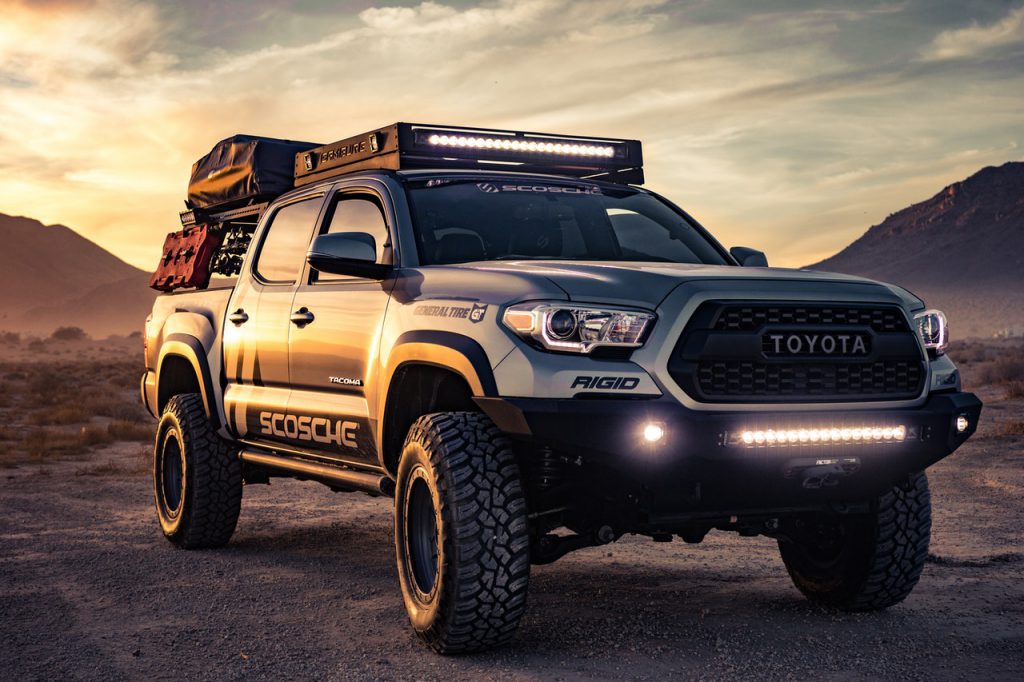
Especially if you’re new with the whole claying thing, a fine grade bar is the safer choice. You might also need the bottle of lubricating spray that usually comes along with the clay bar kit. So if you do not find it in the kit, you can buy one at the auto supply store.
Cut a Bar
Usually, car owners need around 57g (or 2 oz) bar for one vehicle. Normally, this size is more than enough for one car, and they are usually very easy to cut off from a big bar. Just one sharp knife and you have a manageable piece. If you bought a 170g bar, you can cut them into 3 pieces. One for use and the other 2 will be stored there for later use.
Reshape the Clay
In order to pursue the next step, you can squeeze the clay inside your hand to soften the clay first. The pliable disc is the shape we are looking for, so the driver can flatten the clay into a circular shape.
We want a disc that’s roughly equal to 3-4 finger-widths. This is a perfect size for “claying.”
Claying the First Automobile Section
Spray Clay Lubricant
The first thing we need to do in this step is to spray the clay lubricant. Be generous with the spraying because we need the area to be saturated, not just misted. Along with that, car owners must spray the clay disc lightly also for extra lubrication. In order to do that, you can start at a cleaner area of the vehicle. The hood or the roof is an ideal area. After that, we can work our way to the front bumper, the door panels,… This is a great way to save clay. Not to mention, it provides the best result when working with the same brand of lubricating spray instead of water.
In short, make it wet. We never clay a dry vehicle or it will end up with clay sticking all around the surface.
Slide the Clay
The next step car owners need to do is to slide the clay back and forth very gently over the lubricated area. Firstly, you need to flatten the hand as well as pin the disc-shape clay against the car using the fingers. Secondly, car owners must rub with up-and-down or side-to-side motion. And remember, gently to keep the clay in your hand. If the clay sticks while you are trying to slide, just add more lubricant.
With your own hand, you can feel as well as hear the clay picking up contaminants when you slide it over the surface. At first, there might be some resistance despite the lubricating spray. And do not rub in a circular motion. You will scratch your car from contaminants embedded inside the clay.
Claying the Same Area
After the progress, you can check the clay to see the work, then continue working over the same area. After a few tries, it is better to check the surface again. If it still has contaminants, you can fold the clay disc over, flatten it again, then spray the lubricant for it and continue rubbing the same section.
Keep going until there are no contaminants. If you cannot hear, feel or see anything being picked up, then it is good.
Wipe the Lubricant
We know that you want to remove the lubricant off the car, so this is the step. With a clean microfiber towel, you can wipe off the lubricant and the paint should be really smooth. Car owner can run the finger over it to check this. If it is not, clay the area one more time.
SEE MORE
Continue Claying
Prepare the Clay to Clean the Next Surface
Alright, you now know how to clean a surface on the car. Time to perform this task section to section. In order to do that, you need to fold the clay in half, then reshape it into a disc. Remember to examine the surface of the clay. You want it to be clean and no contaminants on. If the surface of the clay is still dirty, fold it over again. And when it is actually clean, spray it with lubricant.
If you are holding a 57g bar of clay, you can clean from 3 to 4 clayings before it is totally loaded with contaminants. If there is a big piece of contamination in the clay’s surface, you can remove it with your fingers, then proceed to fold it over again. If you drop the clay on the ground, just discard it completely since it will pick up a lot of debris and the clay is useless by then.
Spray and Clean Surrounding Section
The next step is to clay the adjacent section. In order to do that, you need to spray and clay these areas. Remember to spray it with lubricant, as well as adding some of it to the clean section of the clay disc. After that, you can rub the clay very gently over the new section. Car owners also must move their hands side-to-side or up-and-down.
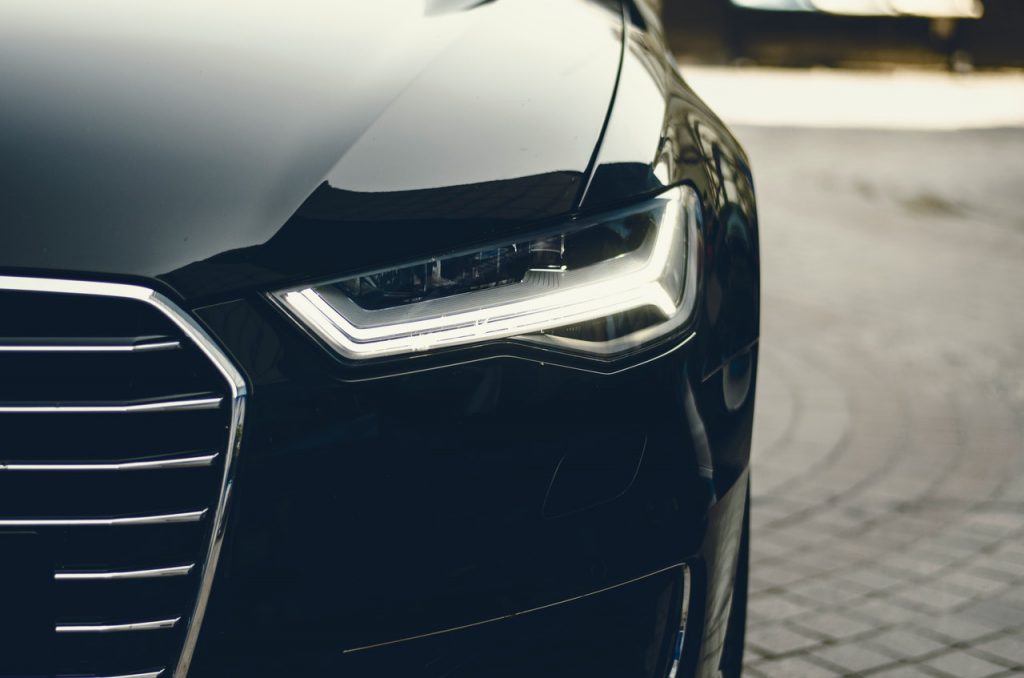
Keep going until the whole car is cleaned. Drivers must also check the cleanliness of the clay disc. You do not want excess contaminant buildup on it. If the clay is dirty, just find a new clay bar to complete the job. Another thing to remember is that you can clay everything beside the tires.
Apply Wax After the “Claying” Process
After you finished claying the whole automobile, it is time to apply a coat of sealant or wax. In case you are wondering, the action of sealing or waxing protects the paint from dirt or corrosion that might form in the tiny holes. And these holes might already be filled with contaminants before the process of claying.





